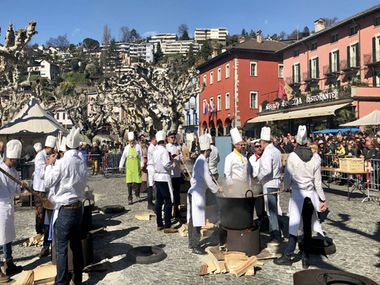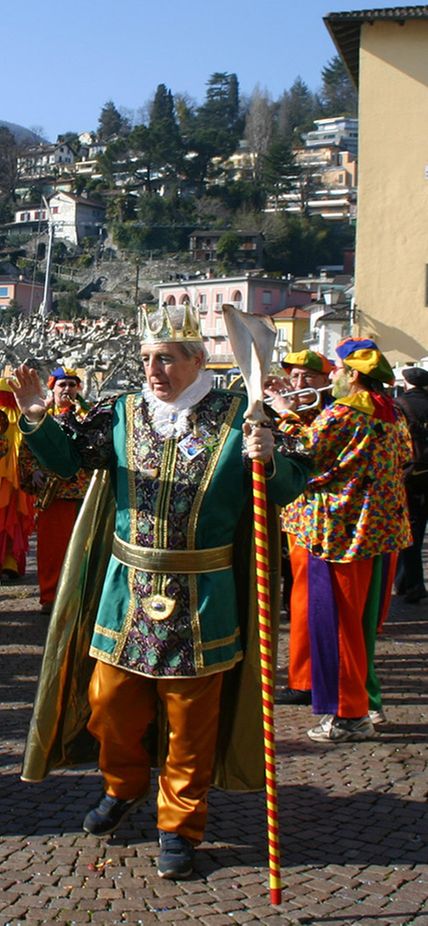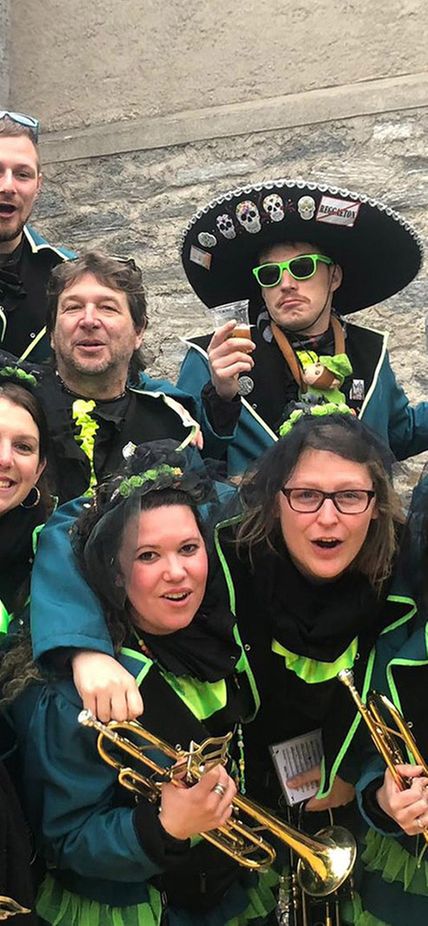This is because in Ticino, in addition to the Roman rite carnival, in some places such as Tesserete, Brissago and in the upper Ticino (Leventina, Blenio, Riviera), the Ambrosian rite carnival is still celebrated, a tradition linked to the fact that the canton still belonged to the dioceses of Como and Milan until the second half of the 19th century. The two carnivals take place at two different times: the Roman one from Thursday to Tuesday before Ash Wednesday and the Ambrosian one from Thursday to Saturday before the first Sunday of Lent. This means that the dates of the carnival are directly related to Easter and therefore shift.
Although we are used to associating the month of February with carnival, it can happen that when Easter is late, carnival falls at the beginning of March. But why is it celebrated? Although many traditions have now changed, this used to be a time when people went to excess before the renunciation and fasting imposed by Lent. In Ticino society, which was rural until the mid-20th century, this meant above all eating more sumptuously. The Thursday before Ash Wednesday was the last day of slaughtering, and all products had to be eaten before Lent began, both the meat and the fat: for this reason, tortelli (choux buns) and chiacchiere (carnival pancakes) were prepared for carnival.




